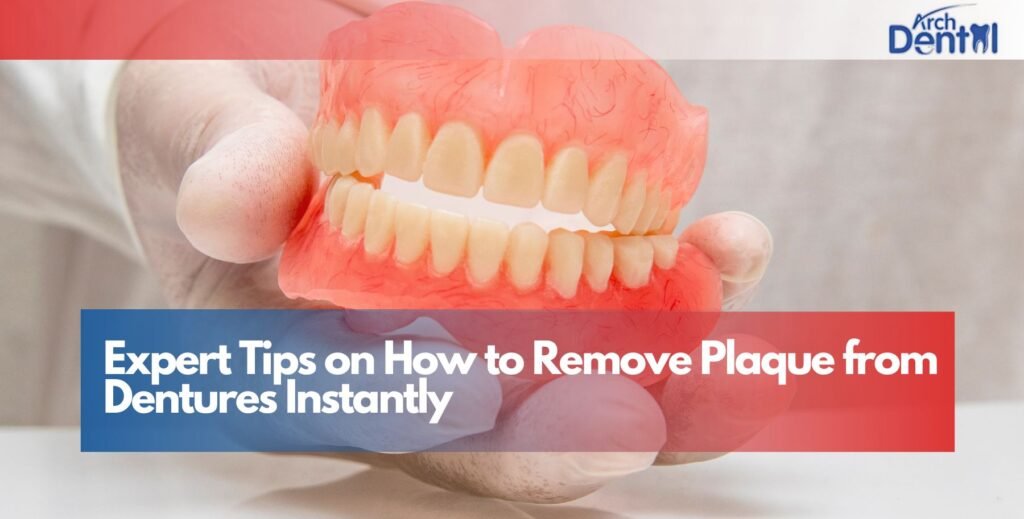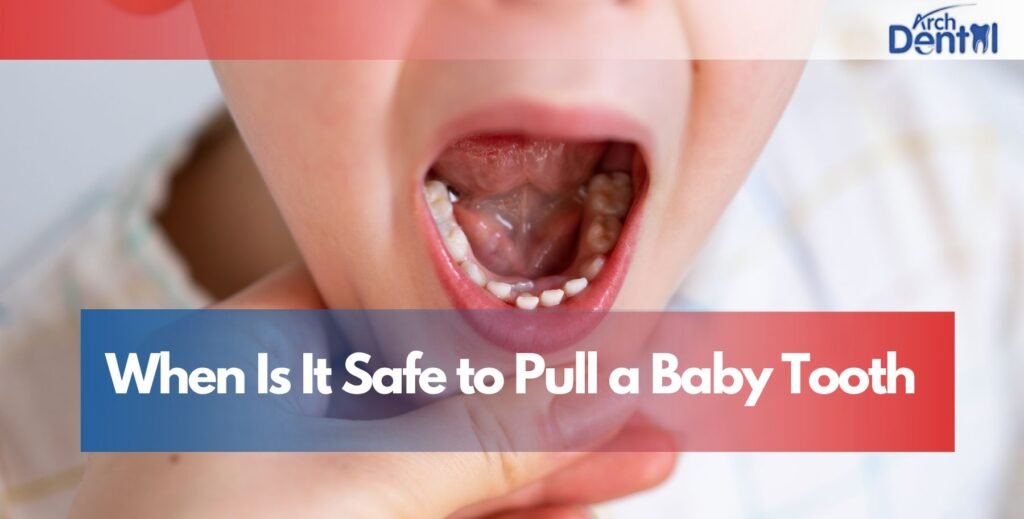The thought of getting your wisdom teeth removed can make anyone anxious. The words “surgery” and “extraction” often bring up fears of pain or a difficult recovery. But the truth is, with today’s advanced dental technology and gentle techniques, wisdom teeth removal is far more comfortable than most people expect.
Whether you’ve been told your wisdom teeth need to come out or you’re simply wondering what the process involves, this detailed guide breaks down everything you need to know from the procedure and pain levels to recovery and relief tips.
What Is Wisdom Teeth
Wisdom teeth, also called third molars, are the last set of teeth to develop in your mouth. They typically emerge between ages 17 and 25, long after your other adult teeth have already come in hence the name “wisdom” teeth, as they appear when you’re older.
Why Do We Have Wisdom Teeth?
Anthropologists believe that ancient humans needed these extra molars for grinding coarse foods like roots, nuts, and raw meat. But as our diets and jaw sizes evolved, wisdom teeth became unnecessary and for many people, there’s simply no room for them anymore.
Common Problems with Wisdom Teeth
Not everyone experiences issues, but when they do, it’s often because the teeth:
- Don’t have enough space to erupt properly (impaction).
- Come in at an angle, pushing against nearby teeth.
- Only partially erupt, leaving gums vulnerable to infection.
- Cause pain, swelling, or pressure at the back of the mouth.
If any of these symptoms sound familiar, your dentist near me might recommend removing the teeth before they cause more serious problems.
Is Wisdom Teeth Removal a Surgery
Yes, wisdom tooth removal is technically a surgical procedure, but not all extractions are the same. Some are simple, while others are more complex, depending on how the teeth are positioned.
Simple Extraction
If your wisdom teeth have fully erupted (come through the gums), your dentist can remove them easily with local anesthesia. The procedure feels more like gentle pressure rather than pain.
Surgical Extraction
If your wisdom teeth are impacted (stuck under the gums or bone), oral surgery is required. A small incision is made in the gum, and sometimes a bit of bone is removed to access the tooth. Local anesthesia, sedation, or general anesthesia ensures you’re comfortable and pain-free throughout.
Pain During the Procedure
Modern techniques make the removal process virtually painless. The area is fully numbed, and if you opt for sedation, you may even sleep through the procedure. You might feel slight pressure or tugging, but not sharp pain.
Most patients are surprised by how quick and smooth the process is — it’s often over before you realize it.
How Long Is Wisdom Teeth Surgery
The duration of wisdom teeth surgery depends on the number of teeth being removed and their position.
Typical Procedure Time
- One tooth: Around 20–30 minutes
- All four teeth: 45 minutes to an hour
If the teeth are impacted, the surgery might take slightly longer.
Before Surgery
Your dentist or oral surgeon will discuss anesthesia options, review your health history, and take X-rays to plan the extraction precisely. You’ll receive instructions on fasting, medications, and transportation if sedation is used.
During Surgery
Once the anesthesia takes effect:
- The dentist makes a small incision in the gum.
- The tooth is gently loosened and removed.
- The site is cleaned, and sutures may be placed if necessary.
You’ll remain numb for several hours after the surgery, and your dentist will provide detailed post-care instructions to ensure a smooth recovery.
Where Are Wisdom Teeth Located
Wisdom teeth sit at the very back of your mouth, behind your second molars — two on the top (upper jaw) and two on the bottom (lower jaw).
Eruption Patterns
For some people, wisdom teeth erupt straight and cause no issues. But more often, they:
- Grow sideways toward other teeth.
- Stay trapped beneath the gums (impacted).
- Only partially emerge, creating a flap of gum tissue where bacteria can collect.
Why Location Matters
Because wisdom teeth are so far back, they’re difficult to clean. Even with excellent brushing and flossing, food and bacteria tend to accumulate around them. This leads to decay, infection, or gum inflammation.
If you feel pressure, soreness, or swelling near the back of your mouth, it could be a sign that your wisdom teeth are erupting incorrectly and may need attention.
If you search for extractions and preservation near me, your local dental office can assess whether removal or monitoring is the right next step.
How to Relieve Wisdom Tooth Pain
Wisdom tooth pain can be sharp, throbbing, or dull and it often worsens as the tooth pushes against surrounding tissues. Thankfully, several simple and effective remedies can help you manage discomfort until you see your dentist.
Over-the-Counter Pain Relievers
Ibuprofen or acetaminophen can reduce pain and inflammation. Follow the dosage directions carefully and never exceed the recommended amount.
Cold Compress
Applying an ice pack on the cheek near the painful area helps reduce swelling and numb the nerves. Apply for 15–20 minutes at a time, with breaks in between.
Warm Salt Water Rinse
Mix half a teaspoon of salt with a cup of warm water. Rinse gently several times a day to clean the area and soothe irritated gums.
Avoid Hard or Crunchy Foods
Stick to soft foods like yogurt, soup, and mashed potatoes while the area feels sore. Hard foods can aggravate the gums or get stuck in the partially erupted tooth.
Keep the Area Clean
Gently brush and floss around the area, even if it’s sore. Bacteria buildup can worsen pain or lead to infection.
Use Clove Oil or Numbing Gel
Clove oil acts as a natural antiseptic and pain reliever. Dab a small amount with a cotton swab on the affected area. Over-the-counter numbing gels can also offer short-term relief.
Schedule a Dental Appointment
Persistent pain or swelling can signal infection, impaction, or a cyst forming under the gum. Only your dentist can confirm the cause and recommend treatment.
In some cases, if your tooth is impacted or decayed, extraction may be necessary to prevent further pain or infection.
What to Expect After Wisdom Tooth Removal
Once your wisdom teeth are removed, you can expect some swelling, mild discomfort, and slight bleeding for the first 24 hours. This is completely normal and part of the healing process.
Pain Timeline
- Day 1–2: Mild soreness, swelling, and numbness as anesthesia wears off.
- Day 3–5: Pain begins to decrease. Swelling gradually subsides.
- Day 7: Stitches (if any) are removed, and most discomfort disappears.
Follow your dentist’s instructions carefully, especially regarding rest, medication, and oral hygiene. Avoid smoking, drinking through a straw, or vigorous rinsing during the first few days — these can dislodge the clot and lead to dry socket, a painful but preventable complication.
Eating After Surgery
Stick to soft foods like smoothies, soups, applesauce, and scrambled eggs for the first few days. Gradually reintroduce solid foods as healing progresses.
Hygiene After Extraction
Continue brushing gently, avoiding the extraction sites for the first 24 hours. After that, rinse with warm salt water several times daily to keep the area clean.
How Painful Is Wisdom Tooth Removal Really?
Most patients are pleasantly surprised the procedure itself doesn’t hurt at all thanks to modern anesthesia and sedation options. The discomfort afterward is manageable with medication and proper aftercare.
If you’re nervous, talk to your dentist about sedation options such as laughing gas (nitrous oxide) or oral sedation. These help you stay calm and comfortable during the process.
Remember, untreated wisdom teeth can cause far more pain than the removal itself.
Healing and Recovery After Wisdom Tooth Extraction
Healing and recovery after wisdom tooth extraction usually take about a week. Mild swelling, tenderness, and soreness are normal as your gums and tissues gradually heal.
First 24 Hours
You’ll feel groggy if sedation was used. Bite gently on gauze to control bleeding and avoid disturbing the clot. Apply ice packs to reduce swelling.
Days 2–3
Swelling peaks, then begins to subside. Continue salt water rinses and take medications as prescribed.
Days 4–7
Tenderness fades, and you can slowly resume normal activities. Avoid strenuous exercise during the first week.
After a Week
Most patients fully recover within 7 to 10 days. Stitches dissolve or are removed, and the gum tissue heals nicely.
Your dentist will schedule a follow-up appointment to check your progress and ensure no complications.
Can You Prevent Wisdom Tooth Pain?
While you can’t always prevent wisdom teeth from causing issues, regular dental checkups and early X-rays can help identify potential problems before they start.
Good oral hygiene and consistent visits to your dentist help catch impaction, infection, or misalignment early, allowing for timely and more comfortable removal if needed.
Conclusion
So, does wisdom teeth removal hurt? Not really at least not the way most people fear. Thanks to modern dental technology, anesthesia, and gentle surgical techniques, the process is smooth and virtually painless. Any mild soreness afterward is temporary and easy to manage with rest and medication.
Ignoring wisdom tooth pain, on the other hand, can lead to infection, crowding, or damage to nearby teeth. If you’re experiencing swelling or discomfort at the back of your mouth, contact your Dentist for a full evaluation. Removing problematic wisdom teeth now will protect your oral health for years to come.
FAQs
How long do wisdom teeth removal take?
The procedure usually takes 30 to 60 minutes, depending on how many teeth are being removed and whether they are impacted. Simple extractions are quicker, while surgical removals can take a little longer. Your dentist or oral surgeon will numb the area completely, so you won’t feel any pain during the procedure.
Who is an ideal candidate for wisdom teeth removal?
You may be an ideal candidate if your wisdom teeth are impacted, infected, crowding other teeth, or causing pain and swelling. Even if your wisdom teeth don’t currently hurt, early removal can prevent future problems like cysts, decay, or alignment issues.
Will wisdom teeth removal change my face?
In most cases, no removing your wisdom teeth does not change your facial appearance. However, if they were causing swelling or pressure, your jawline might feel more relaxed once healing is complete. The procedure focuses on oral health, not facial structure.
Why does my tooth hurt after wisdom teeth removal?
It’s normal to feel soreness for a few days after extraction. The pain comes from natural tissue healing and minor swelling. Over-the-counter pain relievers and cold compresses help. If pain worsens after several days, it might indicate a dry socket, a condition where the clot dislodges and your dentist should be contacted right away.
When does wisdom teeth removal feel normal again?
Most patients feel normal within 7 to 10 days. Swelling peaks in the first 48 hours and gradually improves each day. By the end of the first week, you can usually return to your regular diet and routine.





